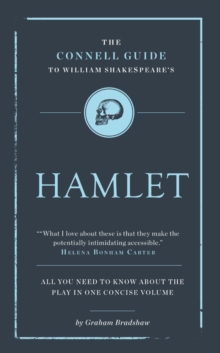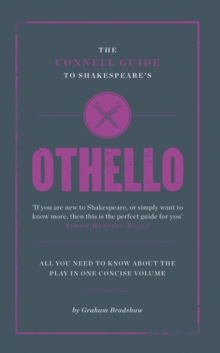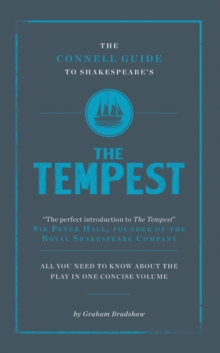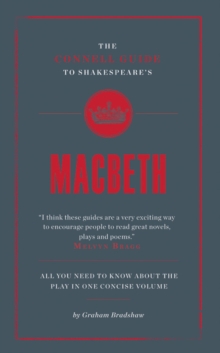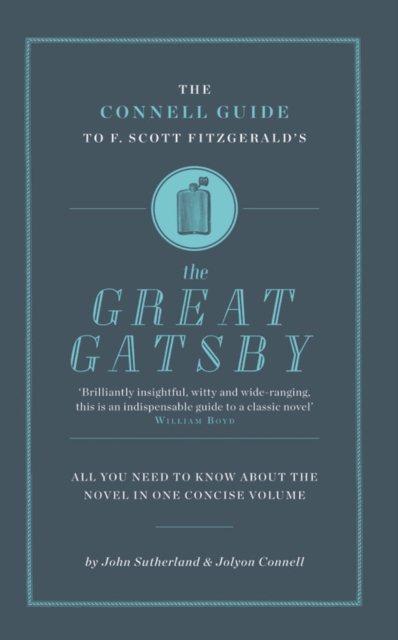
The Connell Connell Guide To F. Scott Fitzgerald's The Great Gatsby Paperback / softback
by John Sutherland, Jolyon Connell
Edited by Kate Sanderson
Part of the The Connell Guide To ... series
Paperback / softback
- Information
Description
When The Great Gatsby was first published, in 1925, reviews were mixed.
H.L. Mencken called it "no more than a glorified anecdote".
L.P. Hartley, author of The Go-Between, thought Fitzgerald deserved "a good shaking": "The Great Gatsby is evidently not a satire; but one would like to think that Mr Fitzgerald's heart is not in it, that it is a piece of mere naughtiness." Yet, gradually the book came to be seen as one of the greatest - if not the greatest - of American novels.
Why? What is it that makes this story of a petty hoodlum so compelling?
Why has a novel so intimately rooted in its own time "lasted" into ours?
What is it that posterity, eight decades later, finds so fascinating in this chronicle of the long-gone "Jazz Age", flappers, speakeasies and wild parties?
It is, after all, scarcely a novel at all, more a long short story.
But it has a power out of all proportion to its length.
It is beautifully written, making it feel even shorter than it is, and is full of haunting imagery.
It is also, perhaps, the most vivid literary evocation of the "Great American Dream", about which it is profoundly sceptical, as it is about dreams generally.
In the end, however, as D.H. Lawrence would put it, it is "on the side of life". Gatsby's dream may be impossible, so much so that the book can end in no other way than with his death, but up to a point he is redeemed by it and by the tenacity with which he clings to it.
It is this that makes the novel so moving and so haunting.
Information
-
In Stock - low on stock, only 1 copy remainingFree UK DeliveryEstimated delivery 2-3 working days
- Format:Paperback / softback
- Pages:128 pages, 3 B&W, 5 Colour
- Publisher:CONNELL PUBLISHING LTD
- Publication Date:15/06/2012
- Category:
- ISBN:9781907776014
Information
-
In Stock - low on stock, only 1 copy remainingFree UK DeliveryEstimated delivery 2-3 working days
- Format:Paperback / softback
- Pages:128 pages, 3 B&W, 5 Colour
- Publisher:CONNELL PUBLISHING LTD
- Publication Date:15/06/2012
- Category:
- ISBN:9781907776014
